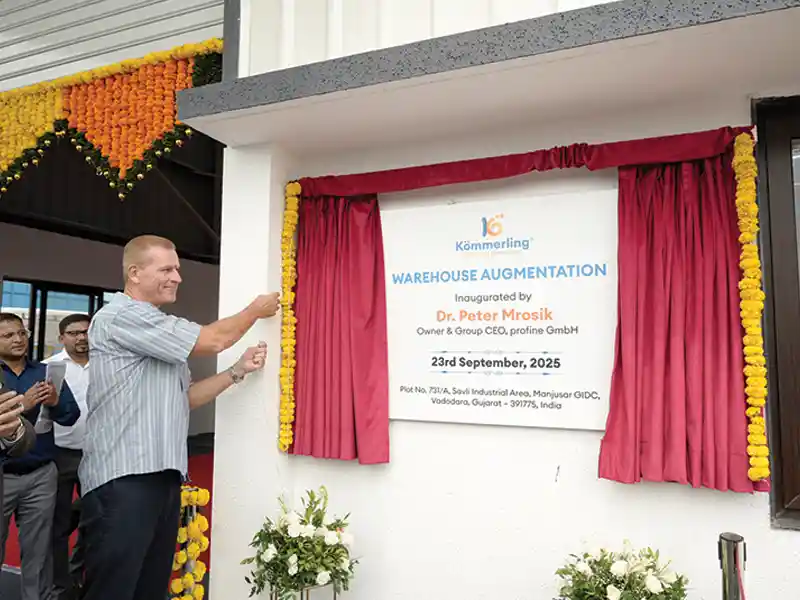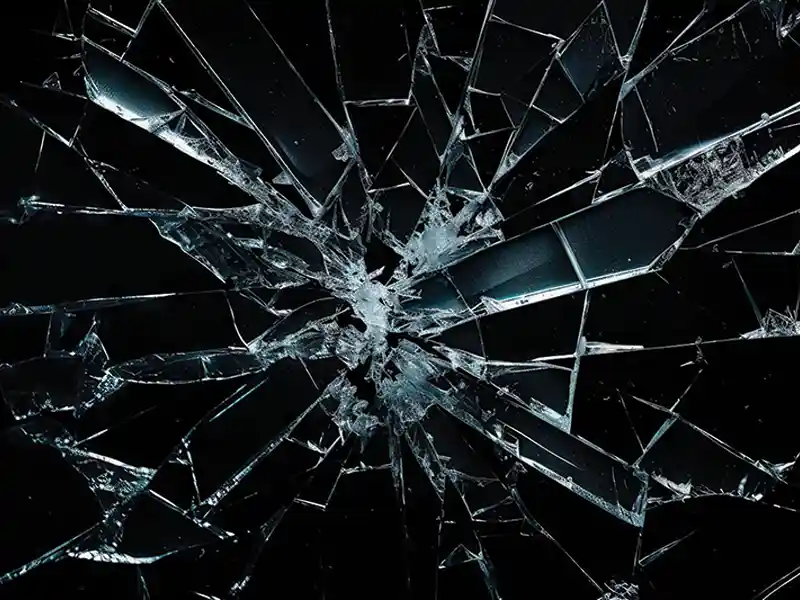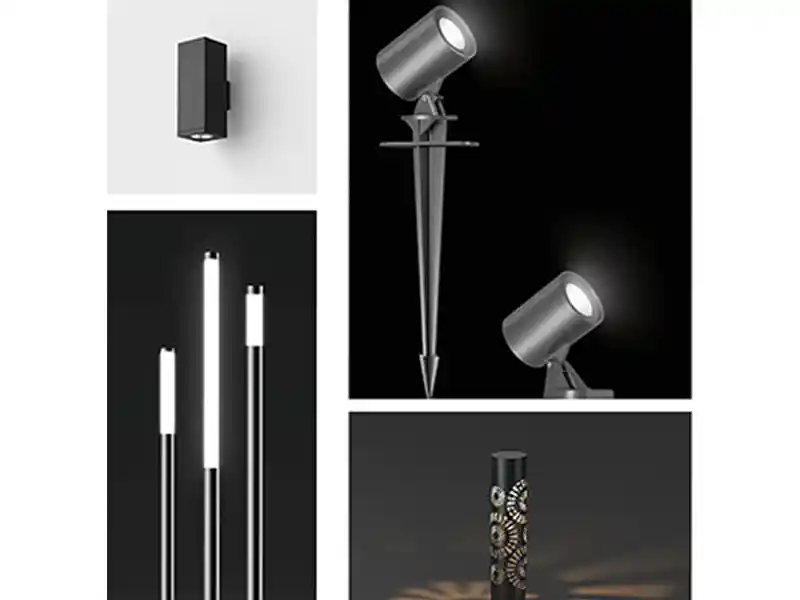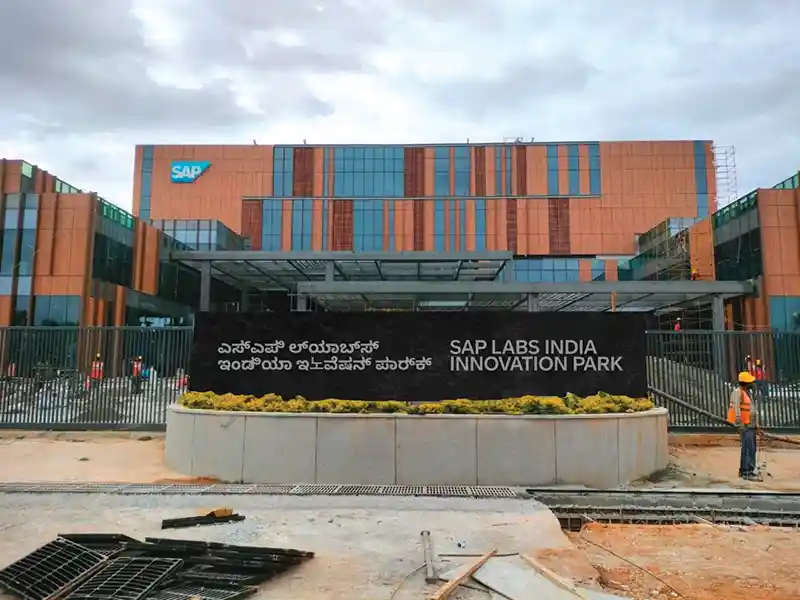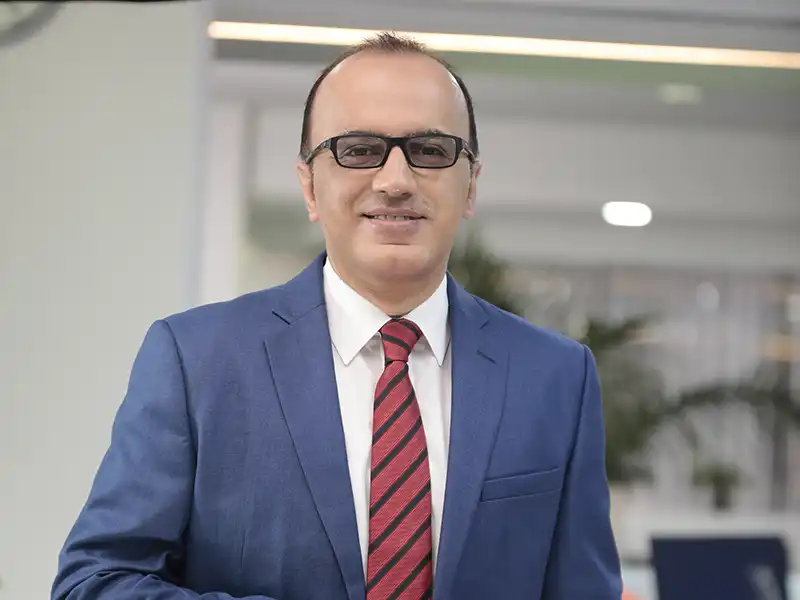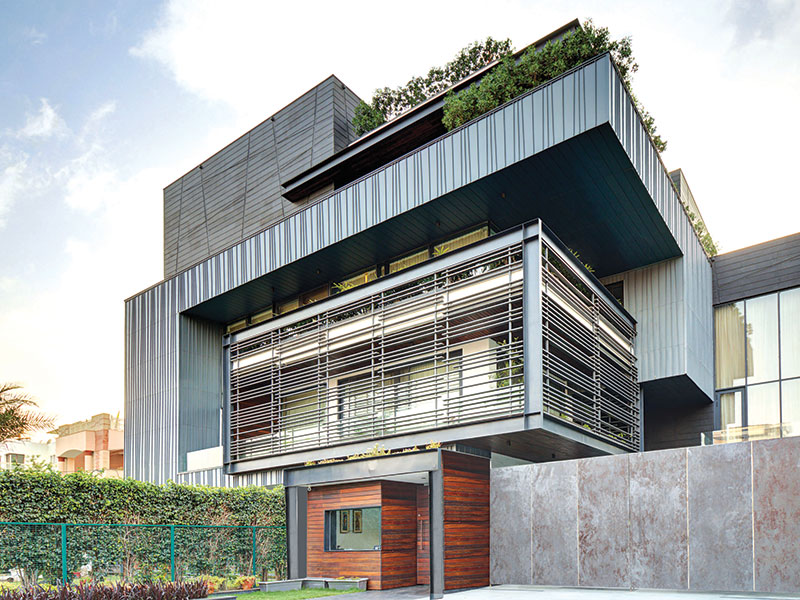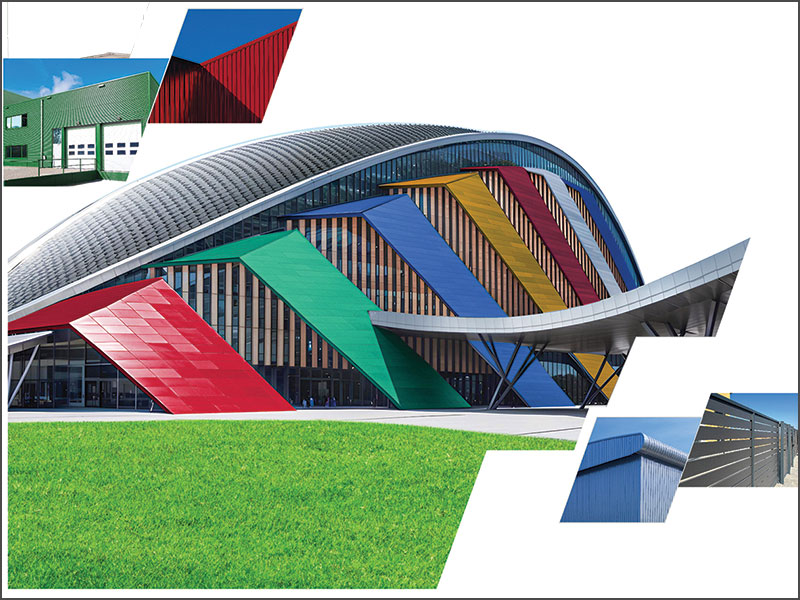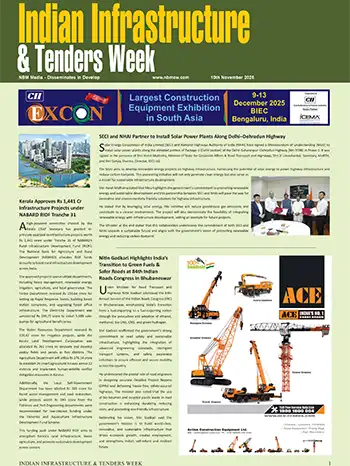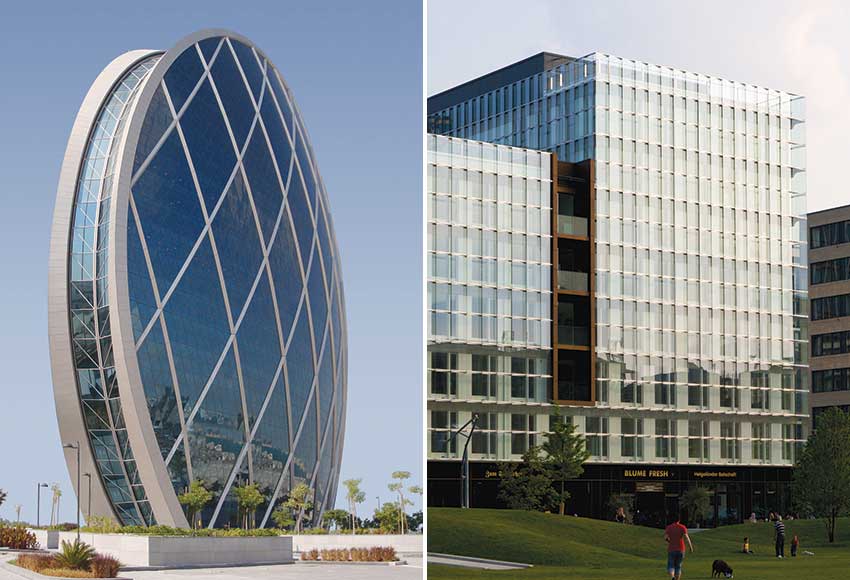 |
|
| The 16,000-square metre glass facade used in the "HQ Building Abu Dhabi" was implemented using insulation glass from Glas Trösch. The outer pane in the Glacier blue-dyed basic glass with a Silverstar Sunstop Blau 30 T coating ensures a total energy transmittance of only 18% along with the desired reflection effect. The inner pane of Eurofloat clear glass was additionally applied with Silverstar ENplus T heat insulation coating. Photo: Glas Trösch AG Silverstar | The glass sun lamellas characterize the CC01 Commercial Center Hafencity in Hamburg, but at the same time also perform energetic functions. Photo: Schrägstrich/ Jörg Stiehler |
Large glass surfaces in the building shell are however not totally unproblematic. In winter, an insufficient insulation function in the facade area can produce an unpleasant cold-air downdraught for the user, in summer the interiors can heat up to an unpleasant level through the lack of shade facilities. The consequence of these effects is increased heating or cooling requirements. A further problem is disruptive glare and dazzling effects.
weaknesses stated can however be brought under control by using powerful functional glass and coordinated sun protection solutions. Today, due to the statutory legal requirements, anyone who is installing large glass elements in facades, must ensure that the facade system is energetically optimized within the framework of the overall building assessment. Thermal comfort within the building must also be guaranteed through all seasons.
In view of the high-tech components and systems available on the market, the implementation of all the legal requirements, even in the area of facades with a high glass content, does not create any problem at all. Once they are designed by reputable planners and realized professionally by specialists, modern glass facade systems guarantee a high degree of energy efficiency and convenience. In comparison to buildings with predominantly concrete facades, although buildings with a high glass content tend to require a good deal more cooling in the summer months and much more heating in the cold winter period, on the plus side, there is not only the high light incidence and the resulting possible reduction of artificial light. Depending upon the design, modern glass facades also assume a whole host of further functions. They offer heat, sun and sound protection, ensure a sufficient supply of fresh air, direct daylight into the deepest parts of rooms, and in addition, also produce electricity. When they are used correctly, glass facades become light-producing and energy generating shells, which adapt to the varying environmental conditions, and as a result, contribute to using environmental resources sparingly in the long-term.
Integral planning work
In its Energy Performance of Buildings Directive (EPBD 2010), the European Union calls for compliance with energetic minimum standards and stipulates that as of 2021, only "Almost-zero-energy buildings" are to be erected in the new constructions sector. This ambitious target can be realized for buildings with a high proportion of glass in their facades through integral planning concepts, which include all the relevant parameters for energy efficiency and convenient utilization. Every individual measure can have a negative effect on the total system. Older construction projects have shown that although for example an upstream, classic sun protection system reduced the solar radiation levels and prevented the glare effect, on the other hand, in contrast, the artificial light and energy consumption requirements clearly increased. In order to avoid such counter-productive effects, when working on major projects today, facade consultants, light specialists and building air-conditioning experts are already involved in the very early planning phase. With smaller construction projects this interdisciplinary cooperation is however still the exception.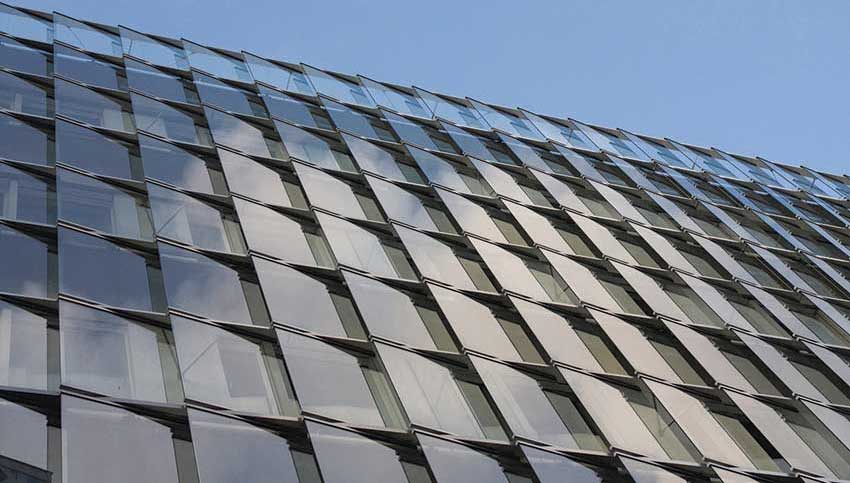
The statically installed laminated glass lamellas of the CC01 Commercial Center Hafencity in Hamburg reflect the sunlight, and as a result, reduce the cooling load of the office and commercial building. The self-cleaning coating considerably reduces the cleaning requirements. Photo: Schrägstrich/ Jörg Stiehler
The crux of the matter for the planners is that in the facade area of new products, technologies and production processes are constantly being developed, which contribute to the improvement of energy efficiency and utilization quality of buildings. As a result, with every new project, the architects see themselves confronted with the question as to which product and which technology is in each case the most efficient. "We architects must actually visit more trade fairs much more often (...) to keep up-to-date with new products (...)", Dipl.-Ing. Architekt Remigiusz Otrzonsek, from the renowned German architects office Architekturbüro HPP, said.
The most significant international trade fair covering all aspects of the material glass is glasstec in Düsseldorf were not only the exhibitors' range are presented, which helps to keep the architects and planners right up-to-date, but also. The support programme and the special themes that provide a comprehensive overview on the use of glass and photovoltaics in facades.
Innovative product solutions
Innovative glass products, facade systems and sun protection variations for the implementation of energetically and air-conditioned optimized buildings are available on the market in sufficient quantities. One example: as early as 1968 German façade constructor Gartner had the system of integrated facades patented. Subject to constant further development, even today, it still presents an efficient system. With this type of facade, the facade profiles not only accommodate and support the glass, but also at the same time are heating and cooling surfaces. Water is pumped through the hollow steel profiles, which can be heated or cooled according to requirements. In order to completely dispense with fossil energy fuels, the integrated facade of the administrative headquarters of Alki-Technik in Ingolstadt was combined with renewable energies. With this building, the required energy is obtained from the groundwater using a heat pump. Heating and cooling is affected via the integrated facade and also through the ceilings and wall areas. According to the facade constructor, this is one of the most energy-efficient, multi-functional buildings in Europe.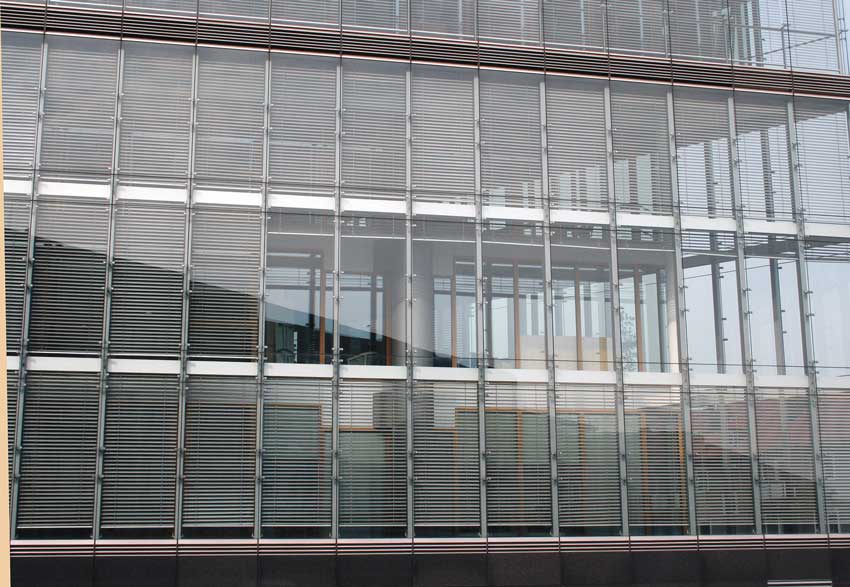
The double-shell facade at the Düsseldorf Stadttor consists of an outer glass skin and inner facade with wooden window elements. Sun protection blinds, aeration strips located at different levels and the approx. 1.40-metre deep climate buffer between the two facade levels ensure a pleasant room climate. Photo: Messe Düsseldorf
Modern, industrially produced facade glass can be colour-coordinated with the building owners' requirements and individually designed using the most diverse finishing technologies. Due to its invisible functional coatings, this glass offers good heat insulation and clearly reduces the solar radiation levels. As far as additional shading facilities are concerned - nevertheless necessary for the large glass facades – numerous high-performance series solutions are available. Above and beyond that, individual sun and dazzle protection systems developed in specific projects open up large scope for design freedom. One current example of successful sun protection is the "CC01 Commercial Center Hafencity" project in Hamburg's Sandtorhafen. Rigidly installed glass sun lamellas characterize the office and business building, and at the same time, also perform energetic functions. They reflect sunlight and thus reduce the building's cooling load. The glass lamellas and sun protection insulation glass produced by Flachglas Wernberg GmbH are a key component of the building concept, which is geared to energy efficiency, sustainability and high user convenience. In order to reduce the cleaning requirements, the glass lamellas have been processed and finished with a self-cleaning coating.
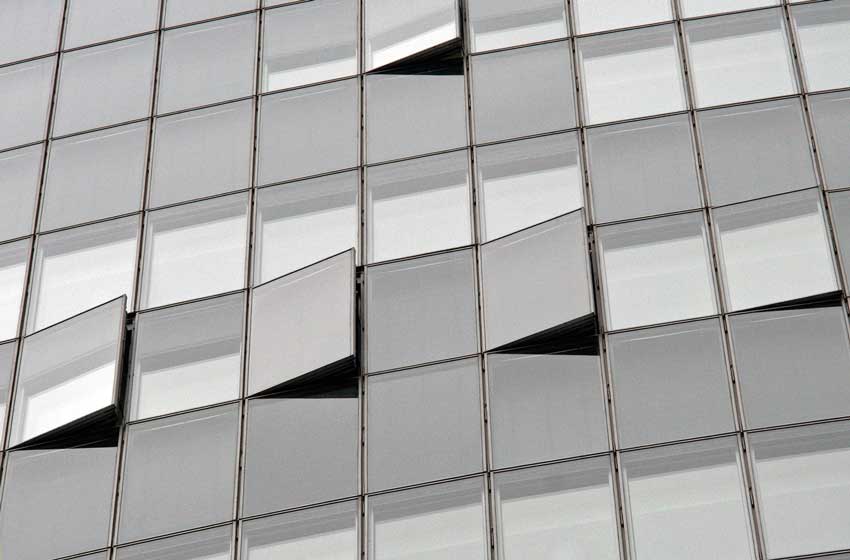
The fully automatically controlled room air-conditioning is not really that popular with many users. Intelligent building control systems do not exclude the manual opening of windows but adjust themselves to it. Modern glass facades take this option into account. Photo: Messe Düsseldorf
Switchable electro-chrome glass can also be used in place of, or as a complement to the upstream shade facilities. This darkens at the touch of a button whilst ensuring that visual contact with the outside world is maintained. Glass with integrated prisms or light-diverting lamellas directs the daylight into the deep areas of the room, while integrable aeration/ventilation units with heat recovery enable energy-efficient ventilation and aeration. Once all the controllable components of the facade are networked with a modern heating and cooling system via a building control system, the overall system can always optimally adjust to the changing environmental conditions. The often-described intelligent facade has long since ceased being just a future vision. Dipl.-Ing. Elmar Jochheim from the AMP Ingenieurbüro für Fassadentechnik und angewandte Bauphysik explains in this connection: "In future, intelligent facades will be as variable as clothing: they will cool us in summer and warm us in winter, can be used as media carriers and instruments, are optionally transparent or opaque and much more. "The facade specialist points out however that we cannot and should not expect glass to perform every function.
Facade-integrated power stations
Nowadays, facade-integrated photovoltaic systems are also being increasingly used for energy recovery. Here too the market is presenting a whole series of different systems. "Using photovoltaic elements integrated in the building shell, the modernizer or building owner can generate electricity, reduce the effects of weather exposure, achieve improved heat insulation and, at the same time, ensure the modern appearance of the residential or business premises," claims Jochen Grönegräs, Executive Director, German Flat Glass Association (Deutscher Bundesverband Flachglas - BF).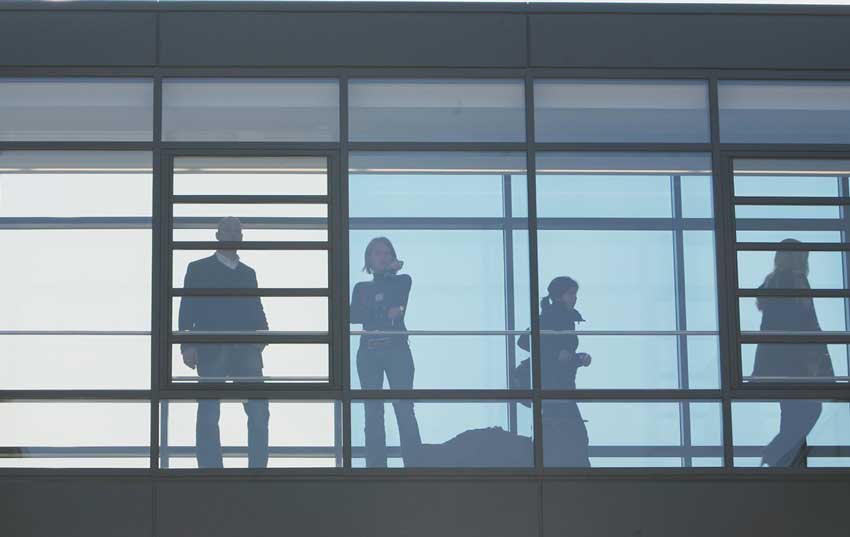
An alternative to upstream sun protection facilities and glass-integrated lamella systems is switchable electro-chrome glass. It darkens at the touch of a button in just a few minutes thus ensuring effective anti-sun and glare protection. A further advantage: the clear transparency is also retained in its darkened state. Photo: Econtrol-Glas
Thin-film cells are particularly suitable for integration in the building shell. They involve the vapour-application of the photoactive layer to a glass pane. A second glass pane closes the layer like a sandwich. The technology enables the manufacture of modules in very different sizes, shapes and designs, as no single, specific type of glass and size is pre-defined. "Apart from the fact that thin film cells can be produced in a very low-energy process, they require only very little valuable semi-conductor material and are suitable for almost every conceivable surface, as they can now also be produced to customer requirements. An ideal prerequisite for application in buildings where there are seldom standard specifications, and the optics along with mechanical properties play a great role," says Grönegräs summing up the further advantages.
As thin-film cells generate electricity even with scattered or weak light, they can also be used in areas of the facade not directly exposed to the sun. In particular, the semi-transparent thin-film modules open up a diverse range of possible applications in the building shell. "Proper design is now possible using solar modules. They are available in various models, printed, with textured glass or even as walk-in versions and with insulation effect underlines the BF Executive Director. Functionality and design enter into a close symbiosis here. That should delight investors, building users along with architects and building planners alike.

